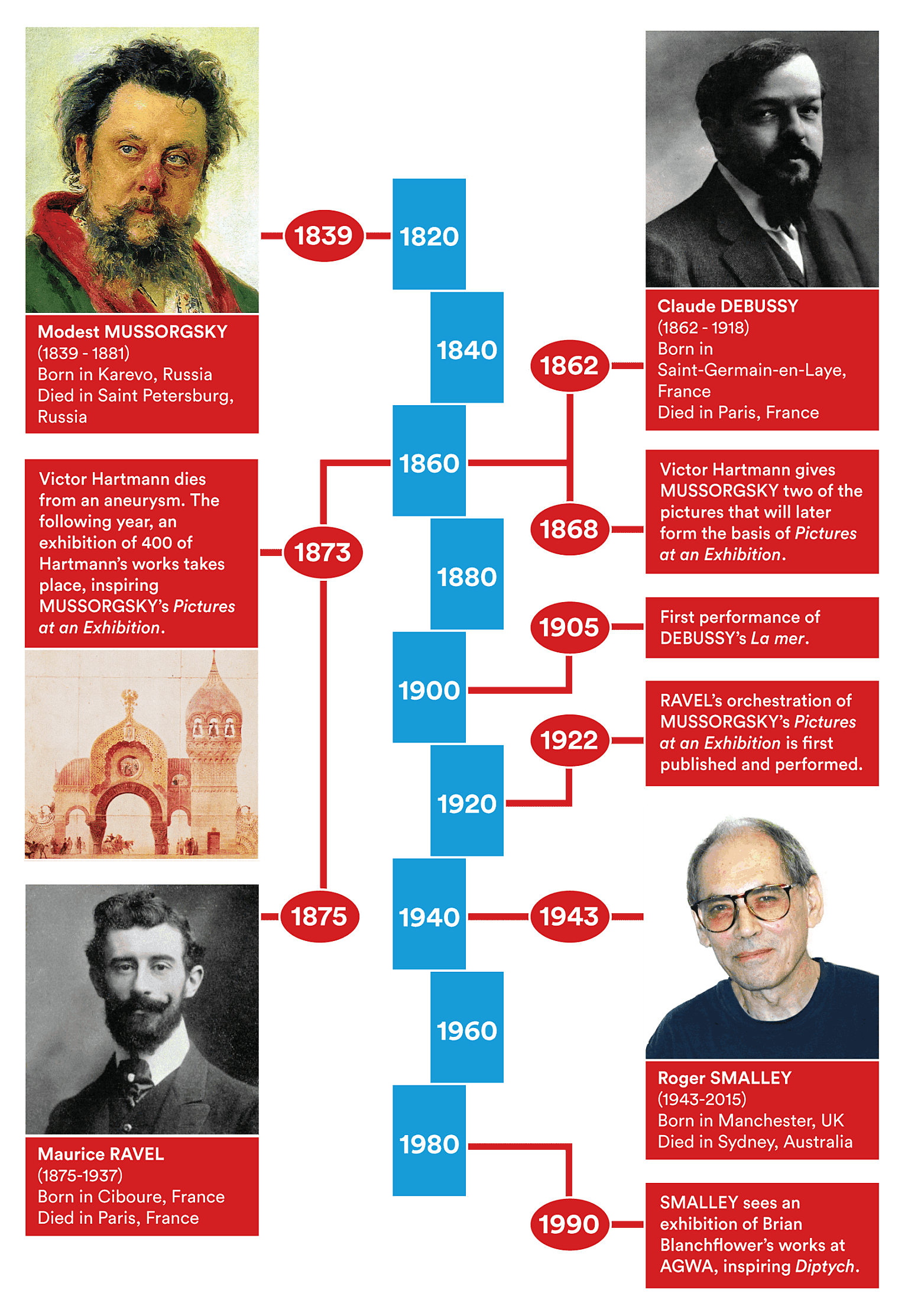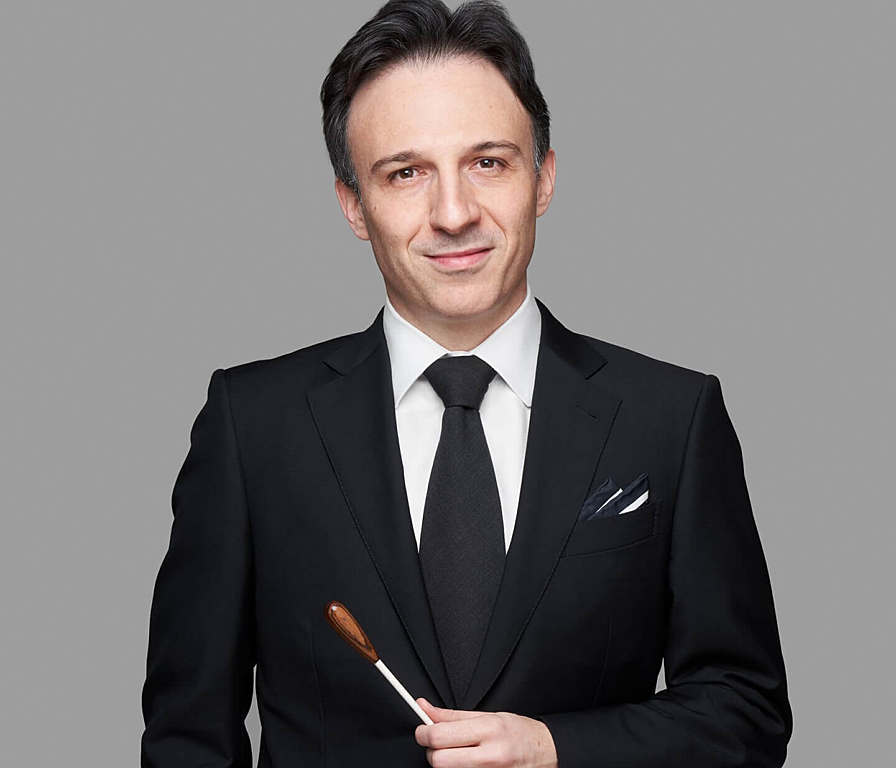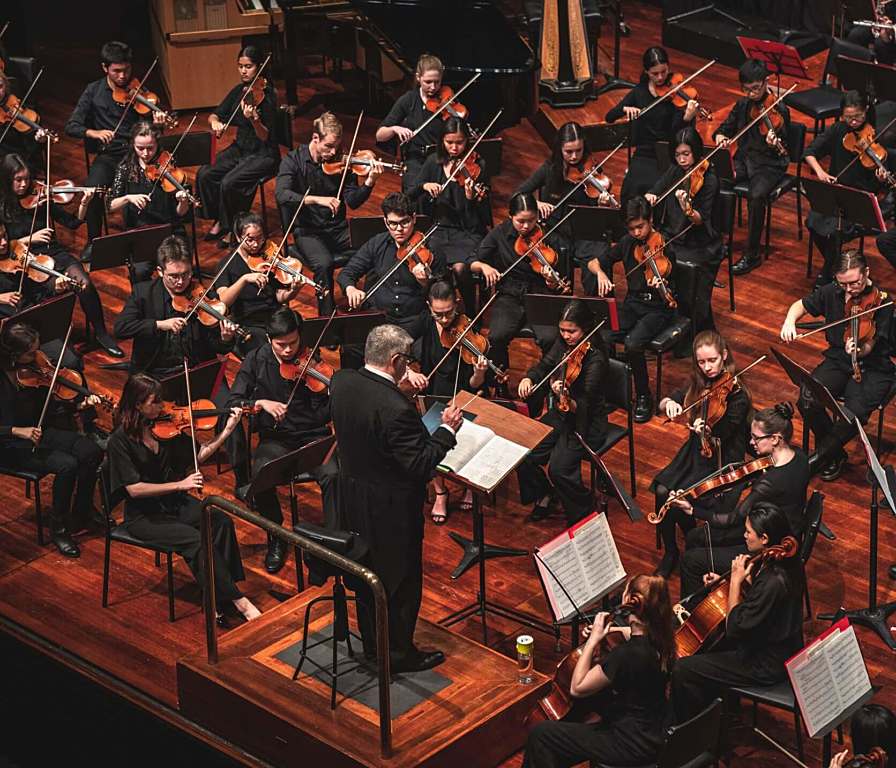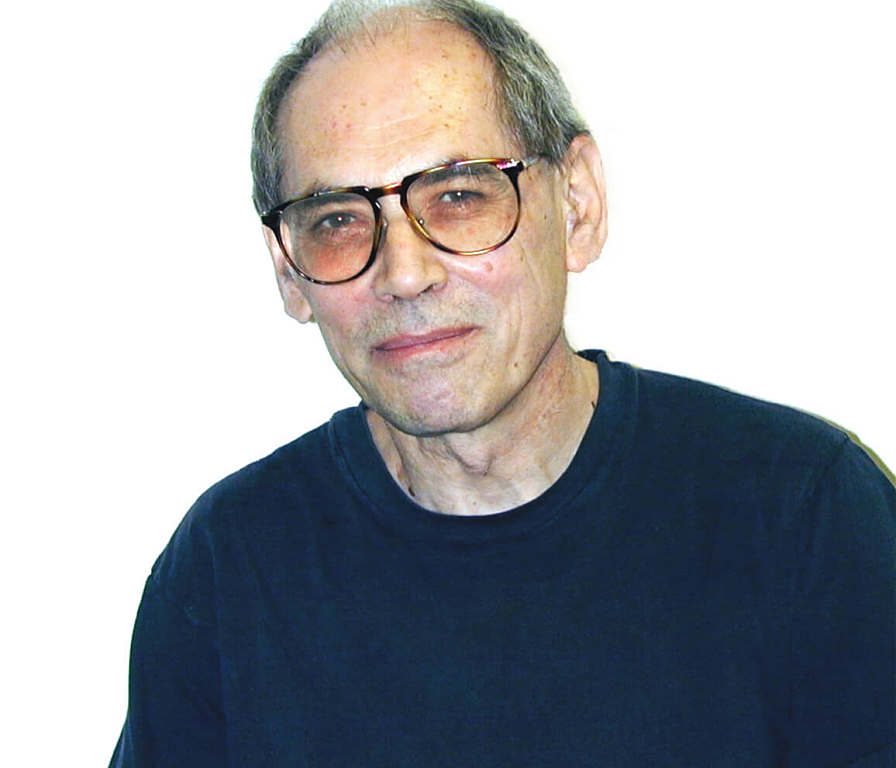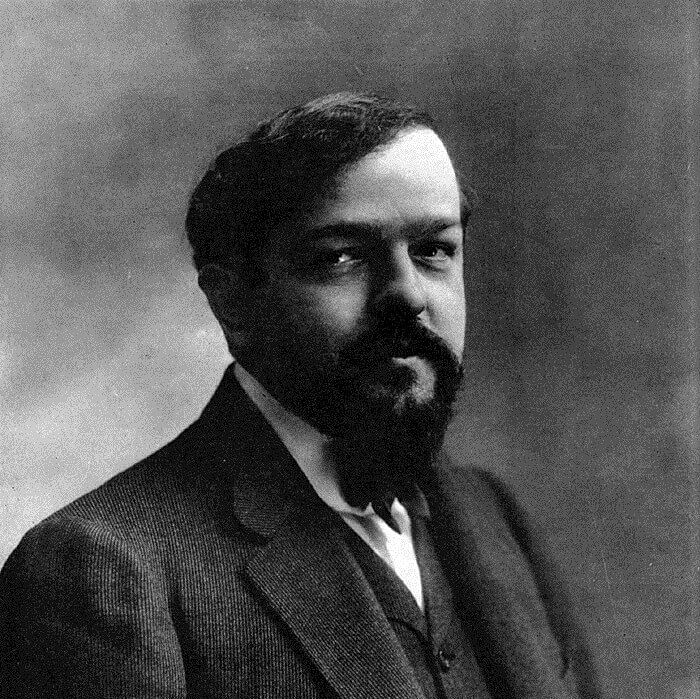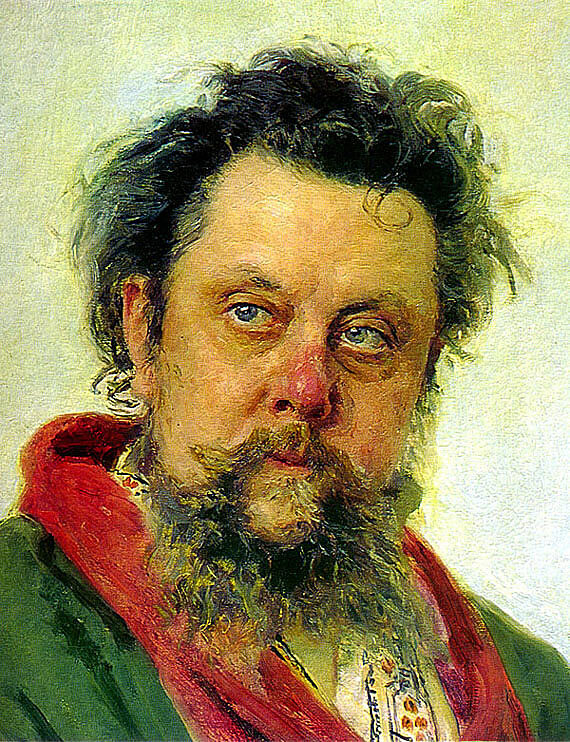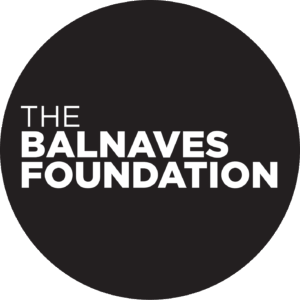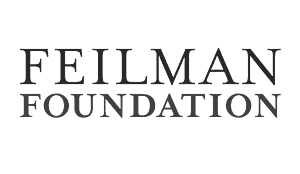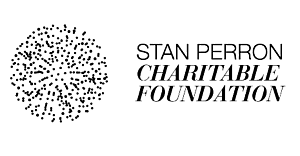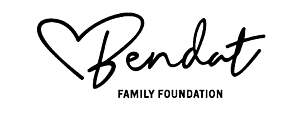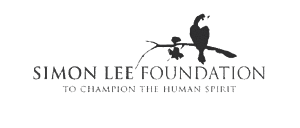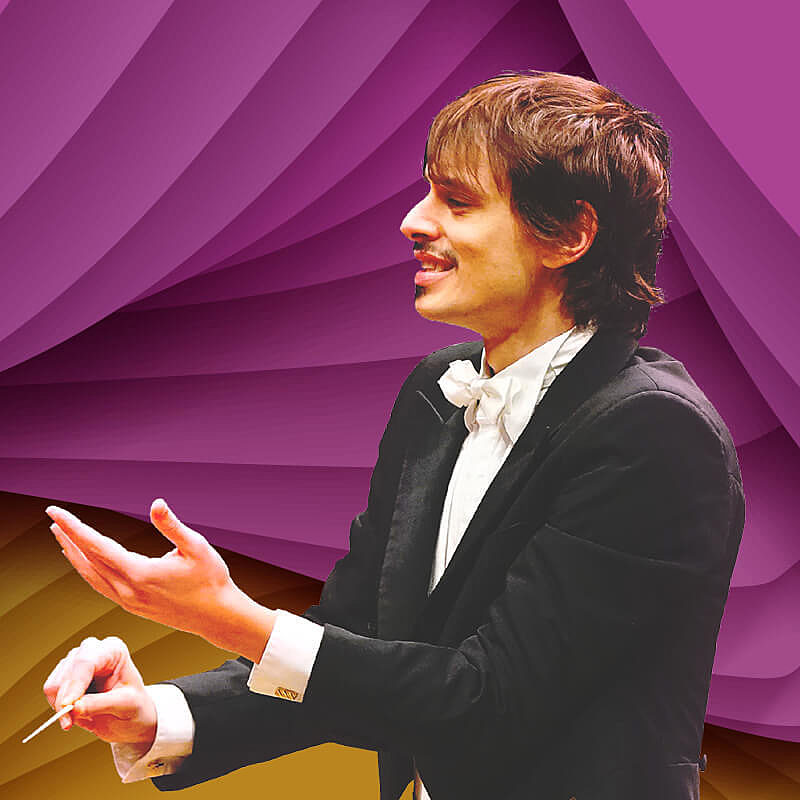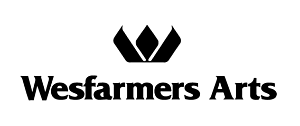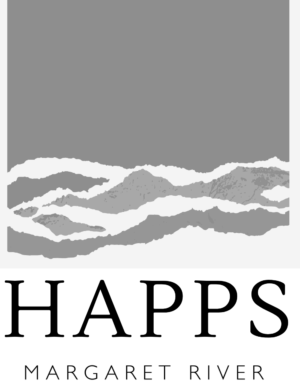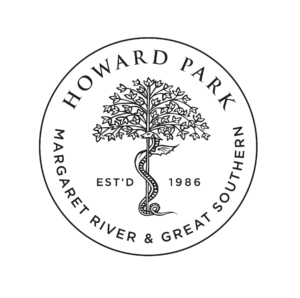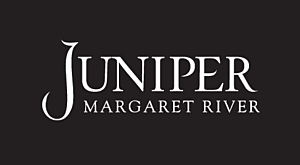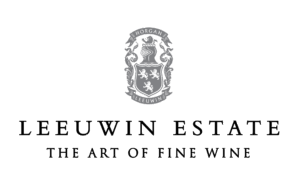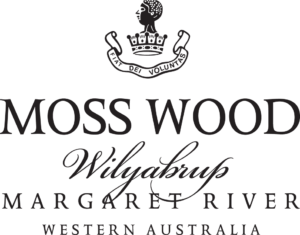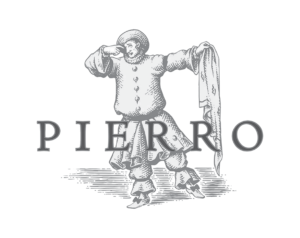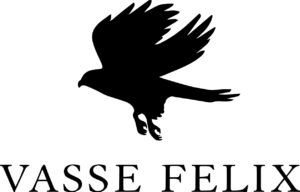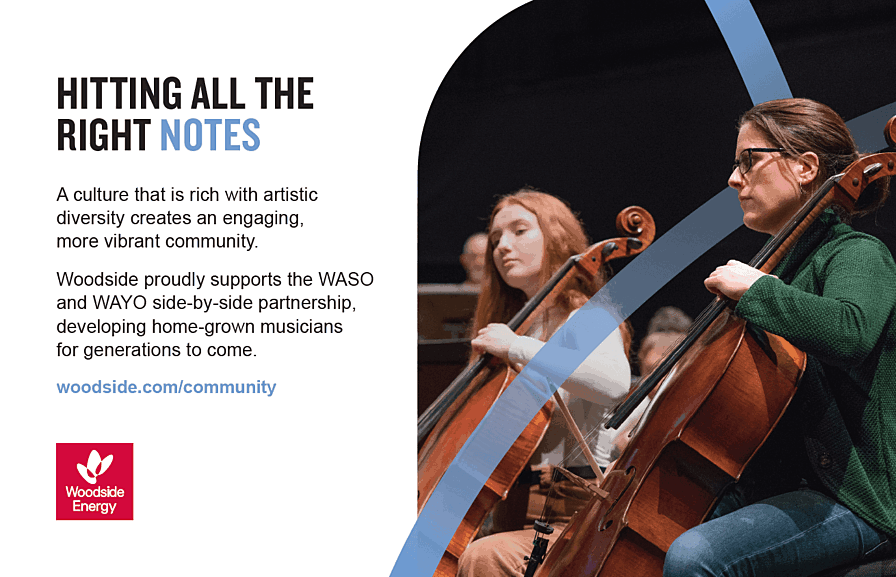Modest Mussorgsky
(1839-1881)
orchestrated by Maurice Ravel(1875-1937)
Pictures at an Exhibition
Promenade –
1. Gnomus (Gnome)
Promenade –
2. Il vecchio castello (The Old Castle)
Promenade –
3. Tuileries. Dispute d’enfants après jeux (Tuileries. Children quarrelling after play)
4. Bydło (Oxen)
Promenade –
5. Ballet of the Unhatched Chicks
6. ‘Samuel’ Goldenberg und ‘Schmuÿle’
7. Limoges. Le marché. La grande nouvelle (Limoges Market. The Big News) –
8. Catacombæ. Sepulcrum romanum (Catacombs. A Roman Sepulchre) –
Con mortuis in lingua mortua (With the Dead in a Dead Language)
9. The Hut on Hen’s Legs. Baba Yaga –
10. The Great Gate of Kiev
Mussorgsky’s
Pictures at an Exhibition is piano music but it has inspired more orchestrations and arrangements than possibly any other piece of music. And it was one of these – Ravel’s brilliant orchestration from 1922 – that brought this remarkable music to widespread public attention decades before it entered the piano recital repertoire.
Mussorgsky never intended to orchestrate
Pictures at an Exhibition, and yet many musicians have felt that this vivid music called for orchestral colours. Among them were conductors Henry Wood (who withdrew his 1915 effort after Ravel’s was published) and Leopold Stokowski, as well as Serge Koussevitzky, whose instructions to Ravel were that the orchestration be in the style of Rimsky-Korsakov, the one composer who, surprisingly, didn’t attempt the task.
Ravel didn’t have access to Mussorgsky’s original music from 1874 – only the 1886 edition by Rimsky-Korsakov, compromised by misreadings and errors – but he aimed for fidelity to Mussorgsky’s style, sublimating his own. It’s no accident that his orchestration was praised for not sounding like his ballet
Daphnis. Similarly, and despite Koussevitzky’s instructions, Ravel avoided the showy glamour of, say,
Scheherazade.
The exhibition of the title was a memorial in honour of Mussorgsky’s friend, the architect and artist Viktor Hartmann, who had died in 1873, at the age of 39. As an architect he was notoriously bad at constructing ‘ordinary, everyday things’ but, given palaces or ‘fantastic’ structures, his artist’s imagination was capable of astonishing creativity.
From hundreds of drawings and watercolours, Mussorgsky chose ten – some showcasing Hartmann’s imagination, others reflecting his travels. His music places the listener at the exhibition itself, promenading from picture to picture in ‘Russian style’ with a lopsided alternation of five- and sixbeat groupings. (Mussorgsky said his own ‘profile’ could be seen in these Promenades.) Then, pausing before each artwork, he takes us into its world.
Several of the movements reveal Mussorgsky’s fascination with speech rhythms and his gift for characterisation. The
Tuileries movement, for example, is a fond depiction of shrieking children in the palace gardens, although these Parisian children seem to be calling for their nanny in Russian: ‘Nianya! Nianya!’ Gossiping women populate the
Limoges Market.
Later, in ‘
Samuel’ Goldenberg und ‘
Schmuÿle’, Mussorgsky unites two portraits of Polish Jews in a timeless narrative: the poor Schmuÿle begging from the rich Samuel (Yiddish and German variants of the same name). Samuel appears first – assertive and powerful – with (in Ravel’s orchestration) full strings. Then, in a stroke of genius, Ravel casts a stuttering trumpet as Schmuÿle.
Even more memorable is Ravel’s decision to give the troubadour in front of
The Old Castle a saxophone to play. Gestures such as these have become so intimately associated with Mussorgsky’s music they seem inevitable and it’s no surprise that Ravel’s orchestration remains the bestknown of the many that have been made.
It's not without its flaws, though. In
Bydło (
Oxen), Ravel’s reliance on Rimsky’s edition resulted in a striking departure from Mussorgsky’s original, which begins with
heavy, thundering
chords in the piano’s bass. What we hear instead is a gradual crescendo, emerging from the muted sound of bassoons, tuba, cellos and basses: entirely ‘wrong’ but an ingenious representation of the approach and passing of a Polish ox-drawn wagon.
The ponderous
Bydło is followed by chirping flutes, fluttering violin trills, and the
staccato tapping of chicks at their shells for Mussorgsky’s imaginary
Ballet of the Unhatched Chicks. Then, in another swift change of mood, a pair of movements inspired by Hartmann’s painting of the Paris catacombs:
Catacombs.
A Roman Sepulchre and
With the Dead in a Dead Language. Cue gloomy brass sounds and an introspective evocation of the
Promenade theme in a
minor key, which Ravel gives to the oboes and cor anglais against a background of shivering high strings.
The final pair of pictures brings the music to a climax: a fantastical clock in the form of Baba Yaga’s hut and a competition entry for a grand city gate. Unlike Western witches,
Baba Yaga travels in a mortar propelled by a pestle – her broomstick is for sweeping over her tracks – and her music is terrifying and inexorable.
The Great Gate of Kiev conveys an ‘old heroic Russia’ with a
Russian Orthodox chant (‘As you are baptised in Christ’), which Ravel gives to clarinets and bassoons in imitation of Russian reed organs. This is interrupted by a characteristically Russian peal of bells, which Ravel gives to everyone except the tubular bells and glockenspiel – these are held in reserve for the
Promenade theme as it rings out one last time.
Yvonne Frindle © 2019
First performance:
22 October 1922, Paris. Serge Koussevitzky, conductor.
First WASO performance:
March 1967. Thomas Mayer, conductor.
Most recent WASO performance:
23-23 November 2019. Asher Fisch, conductor.
Instrumentation:
three flutes (two doubling piccolo), three oboes (one doubling cor anglais), two clarinets, bass clarinet, two bassoons and contrabassoon; alto saxophone; four horns, three trumpets, three trombones and tuba; timpani and percussion; two harps and celesta; strings.
